Learn more about Wattleseed, how it’s used and how to roast Wattleseed
The beautiful wattle tree and the seeds it produces has become one of the most popular herbs in the Australian wild food industry. Once the seeds are wild harvested they are roasted, just like coffee beans, to get the great flavour, not to forget the amazing aroma. Roasted wattleseed has a nutty, chocolatey, coffee flavour and aroma.
Watch the video on How to Roast Wattleseed
You can purchase wattleseed roasted and milled online here
If you want to have a go at roasting and milling yourself, the black wattleseeds are available here.
Where does Wattleseed come from?
Wattleseed come from the Acacia sp. there are over 1000 species in Australia. Most are edible. The trees are easily recognizable with their beautiful bright yellow fluffy balls. Sometimes the flowers are long and they can range from bright yellow to a creamy colour. If you’re not certain of the species always, always check with your local botanical gardens or nursery. The flowers start to appear at the end of Winter into Spring and the countryside comes alive with yellow. Its a happy colour and I just think it really is a special time of the year.
After the flowers come the seed pods, green at first, then they dry to brown. During the drying process the pods open to reveal the seeds. I’ve often harvested the brown pods, picked them up from the ground where they fall, put in a paper bag to dry, the seeds just fall out as the pods open.
Traditional Use of Wattleseed
Originally the seeds were roasted over a fire and then ground using a stone to mill to a fine powder, then mixed with water to create a damper. Wattleseed is a good source of protein and a very important food source for the Aboriginal people.
Health benefits
Wattleseed is rich in fibre, it also contains protein; great for those on a meat free diet. Plus it contains, iron, zinc and potassium. There are many other nutrients as well as haveing a low glycemic index.
What is Wattleseed used for?
Wattleseed can be used to flavour both sweet and savoury dishes such as baked goods, deserts, ice-cream. It works really well with bush tomato, both very earthy flavours, think making a rub or a dukka or dip.
Wattleseed to Ethopia
Wattle trees are now grown in Ethiopia. Australian horticulturists and volunteer organisations introduced the trees in the 1980’s and 1990’s as a way to help local communities who were experiencing severe drought. As wattleseed is a valuable source of protein and carbohydrates this was an incredible boost to improve nutrition of the Ethiopians. 25% of wattleseed was blended with traditional grains such as wheat, millet and sorghum. This signifiantly boosts the protein content by creating an amino-acid profile.
The Acacia sp. where wattleseed comes from are hardy and drought resistant


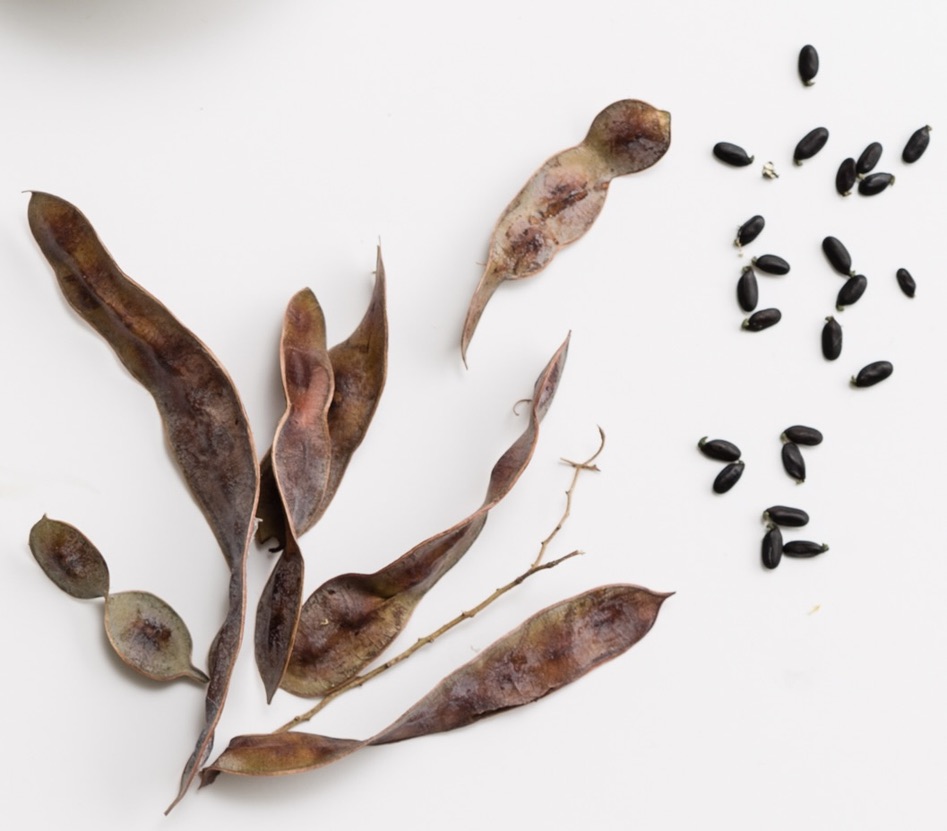



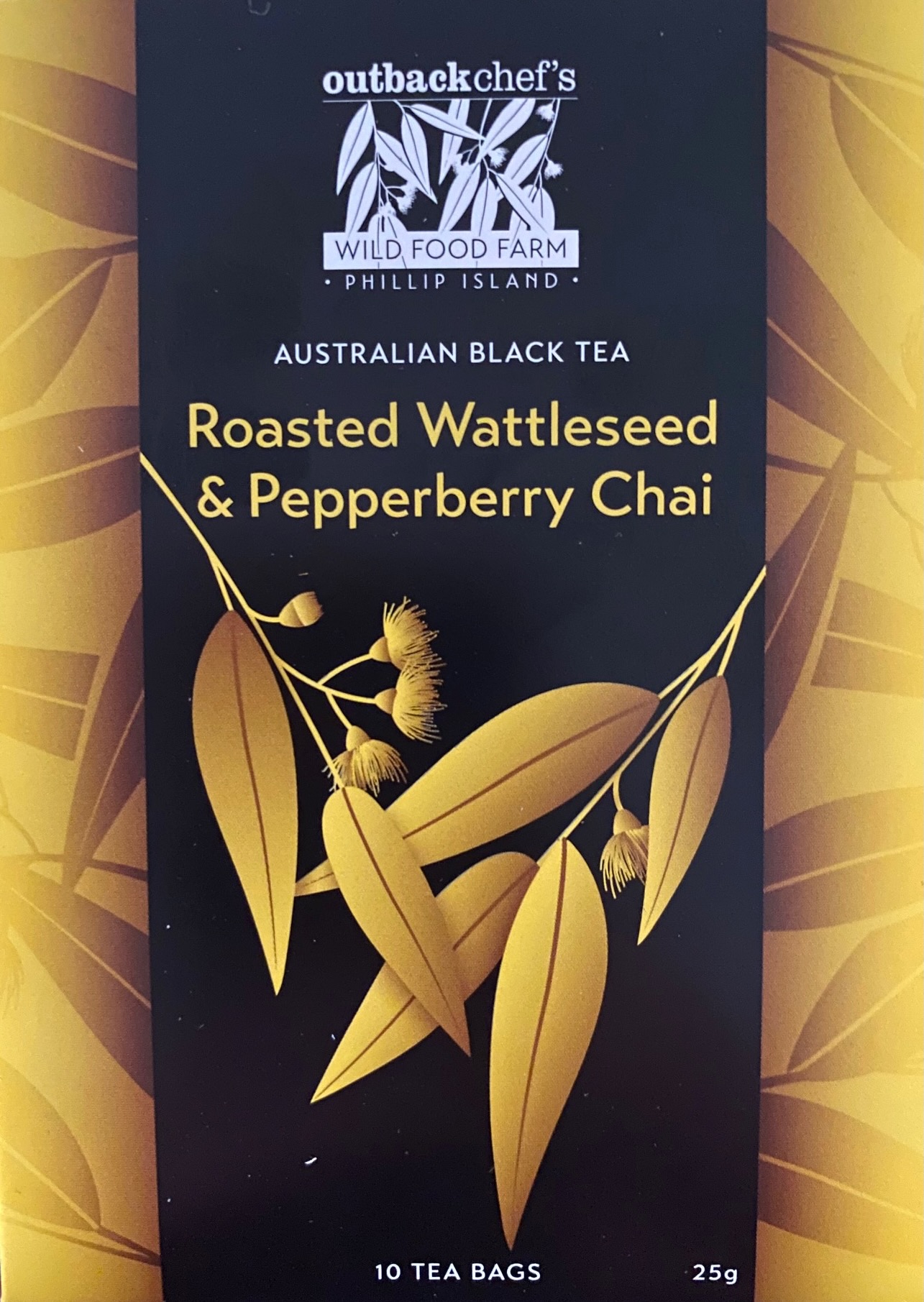

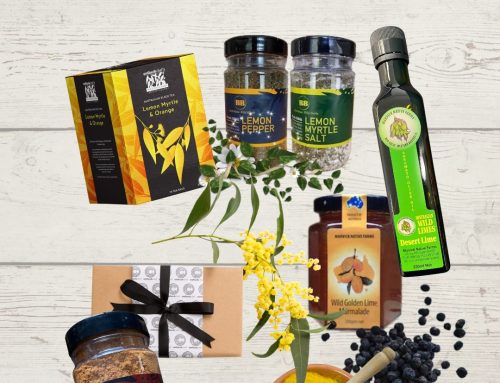

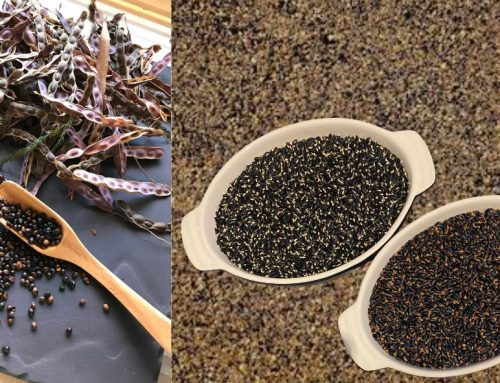
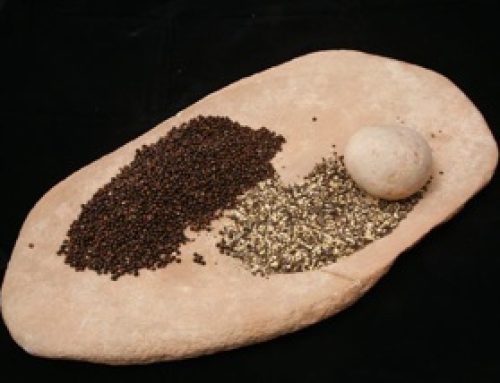
Leave A Comment
You must be logged in to post a comment.